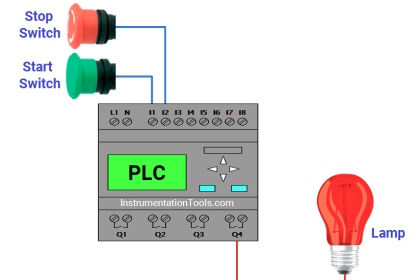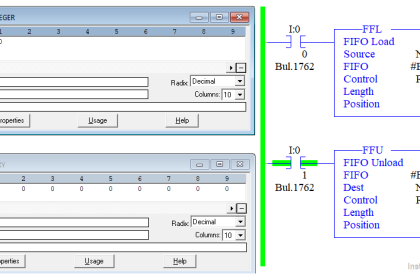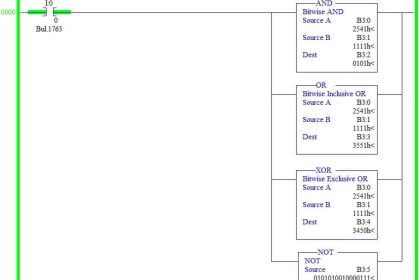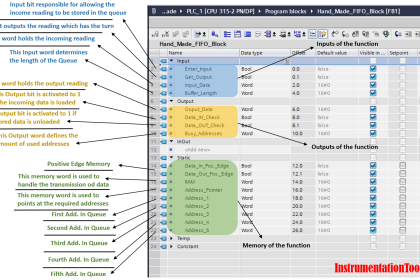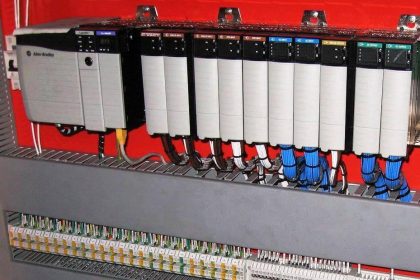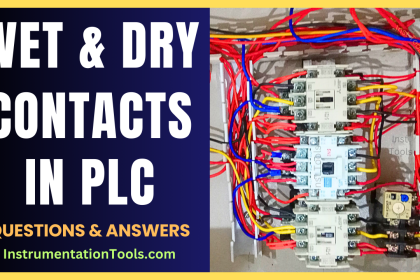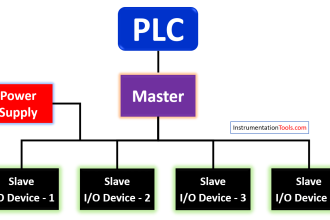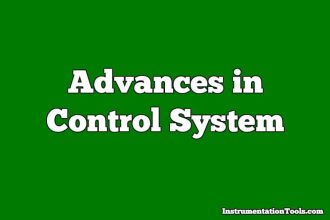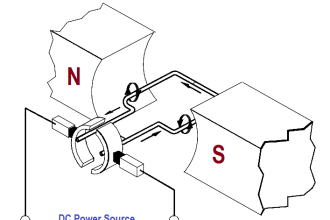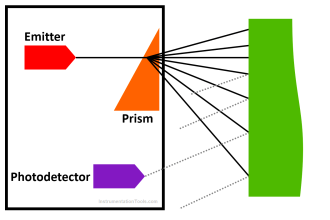In industrial PLC automation, there are many applications that are critical in nature and require a non-stop power supply for operation. Even a few minutes of lag in supply can disrupt the whole plant operation. Now, when we talk of backup power supplies, we always remember UPS first. But, there are other options apart from a normal inverter too. As PLC and instrumentation normally use a 24V DC supply for operation, redundant power supplies or SMPS are also available for providing a power backup operation. In this post, we will see how a redundant power supply works.
Why is SMPS used in the control panel?
First of all, let us understand why SMPS is used in a control panel. Most of the components inside a PLC panel or instrumentation panel are small-rating devices like PLC, HMI, relays, instrument power supply, isolators, barriers, etc. They mostly require a 24V DC supply for their operation. To fulfill this purpose, a device called SMPS is used in the control panel. SMPS stands for switched mode power supply. It is a rectifier that converts the 110-230V AC supply into a 5-24V DC supply. 5V is rarely used (only for very small current rating devices); so the most general output is 24V.
An SMPS takes an AC supply as input, and in return gives you a 24V DC output. It has an adjustable screw knob, where you can adjust the output DC voltage within a tolerable range (mostly between 21-27V DC). Also, this adjustment is fine; so you can even set the output voltage to 23.5 V. Due to this, you get more flexibility in controlling the final DC voltage according to your requirements. Just consider the full load current ratings that all your DC instruments will consume (can vary from 5A to even 30A). Accordingly, choose SMPS for your control panel. Advanced SMPS also has a relay contact, which is normally open when the SMPS is giving the desired output. But if the output goes out of range, then this contact closes, which can then be used by the PLC as a digital input for further control.
How does redundant SMPS work?
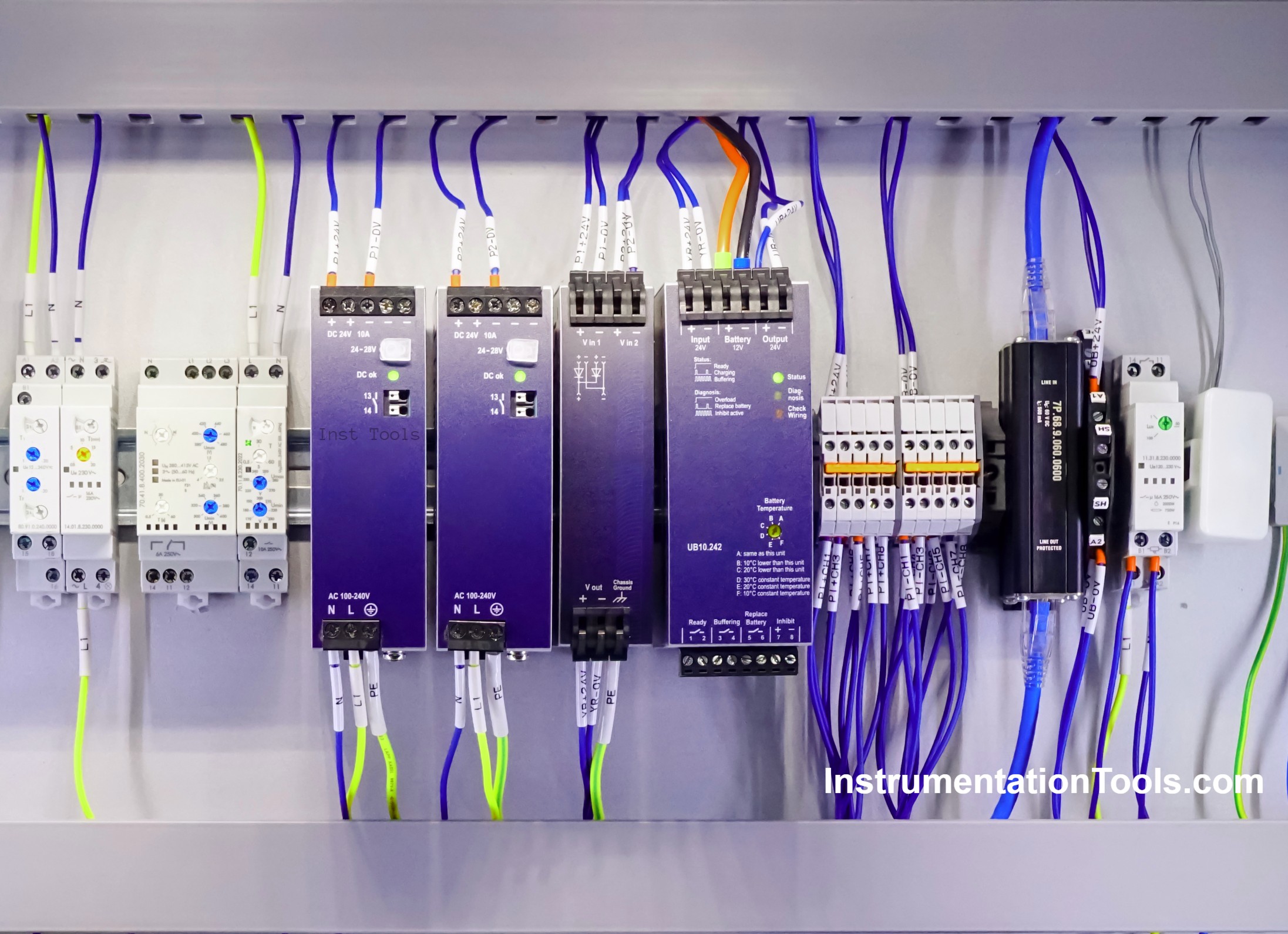
As the name suggests, a redundant SMPS means that there are two sets of power supplies, one acting as primary and the other acting as standby. The primary power supply will give power to the whole panel requirement. The standby power supply will come into the picture when the primary one fails immediately. This is possible through the use of diodes. The incoming AC supply is distributed to both the power supplies. At the output of each supply, a diode is placed. The voltage of the primary power supply (24V for example) is kept a little bit higher than the standby power supply (23.5V for example). The diodes work in synchronization with each other and compare the voltage present across them. One with the higher voltage will pass the voltage, and the other one will block the voltage.
In this case, the primary SMPS diode will pass the voltage in normal conditions. If it fails due to any reason and is not able to generate enough voltage now, then the standby SMPS diode will take over and pass the voltage. Now, if the primary SMPS again becomes healthy, then as its voltage was set higher, it’s diode will again take over and pass the voltage to the load. So, in this way, both the diodes work in tandem and pass the voltage to the load respectively.
Now, this structure comes in two types – in the first one, both the SMPS come in a single package where they are designed accordingly to work in redundancy (including diodes and all); and in the second one, you can use two normal SMPS’s individually too. But then, you will have to connect a diode module at both the outputs, designed in such a way that they work in redundancy (it is available readymade in the market). So, while shifting from primary to standby or vice-versa, there is no blockage of the load power supply, and goes uninterrupted.
In this way, we saw how a redundant power supply works.
Read Next:
- Why does SMPS Need isolation?
- Select the Encoder for Your Machine
- PLC Logic for Control Spray Nozzle and Fans
- Automation Solutions for Stairway Lighting
- PLC Water Pumping and Chemical Solution

